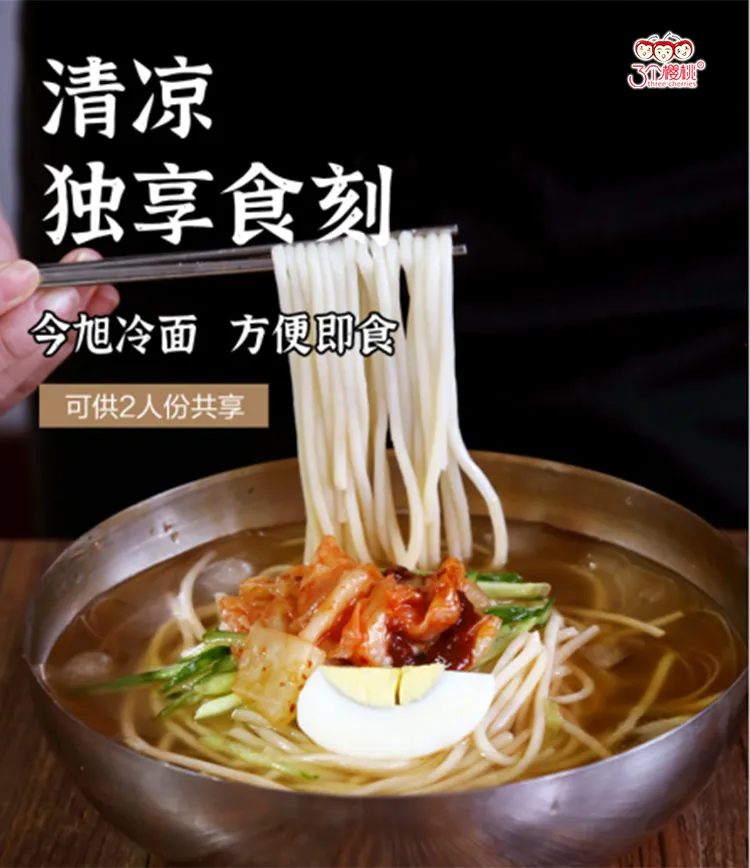Varieties of Egg Noodles and Their Culinary Uses
Exploring the Diverse World of Egg Noodles
Egg noodles are a beloved staple in cuisines around the globe, celebrated for their unique texture, rich flavor, and versatility. Made with simple ingredients—primarily flour and eggs—these noodles come in a variety of shapes and sizes, each with distinct culinary applications. This article delves into the types of egg noodles, their origins, and how they are used in various dishes, highlighting their importance in international gastronomy.
The Origins of Egg Noodles
Egg noodles are believed to have originated in Asia, with the earliest records dating back over 4,000 years in China. They were made by mixing wheat flour with eggs and water, then rolling and cutting the dough into thin strands. Over time, this technique spread to other parts of the world, influencing many culinary traditions. Today, egg noodles are popular not only in Asian cuisines but also in European and American dishes, showcasing their global appeal and adaptability.
Types of Egg Noodles
1. Chinese Egg Noodles One of the most recognized varieties, Chinese egg noodles are often found in dishes like chow mein and lo mein. They are typically made with wheat flour and eggs, resulting in a soft, chewy texture. There are two main types fresh and dried. Fresh noodles are more tender and are perfect for stir-frying, while dried versions have a longer shelf life and can be used in soups.
2. Italian Tagliatelle In Italy, egg noodles are represented by tagliatelle, a flat noodle made from egg and flour. Traditionally served with rich sauces like Bolognese, tagliatelle is an essential part of Italian cuisine. The ratio of egg to flour gives the noodles their signature golden hue and enriches the flavor, making them a perfect canvas for a variety of sauces.
3. Spaetzle Originating from Germany, spaetzle is a type of egg noodle that is unique in its preparation. The dough is usually pushed through a colander or a wooden board into boiling water, resulting in small, irregularly shaped noodles. Spaetzle is often served as a side dish, paired with meats or sautéed in butter, and can also be incorporated into soups.
egg noodles types

4. Japanese Yaki Udon Udon is another type of egg noodle found in Japanese cuisine. Made from wheat flour, salt, and water, these thick and chewy noodles are often stir-fried in dishes such as yaki udon. Although traditional udon does not commonly incorporate eggs, many variations include egg for added richness and flavor, reflecting regional adaptations.
5. Pasta In many regions, the term pasta can refer to varieties that include eggs, such as fettuccine and ravioli. Fresh pasta made with eggs has a tender, silky texture that enhances dishes like carbonara or creamy Alfredo sauces. The versatility of egg pasta allows it to be enjoyed in countless preparations, from simple to elaborate.
Egg Noodles in Culinary Applications
The versatility of egg noodles allows them to shine in various dishes across different cultures. In Asian cuisines, egg noodles can be stir-fried, served in soups, or even cold in salads. In contrast, in Italian cuisine, egg pasta is often the foundation for hearty dishes, showcasing rich flavors and comforting textures.
One popular dish featuring egg noodles is Chicken Noodle Soup. The soft, flavorful noodles complement the tender chicken and savory broth, providing a perfect comfort food experience. Similarly, stir-fried egg noodle dishes like Chow Mein are popular for their quick preparation and ability to incorporate a variety of vegetables and proteins.
Conclusion
Egg noodles are more than just a pasta; they are a culinary bridge between cultures, offering a diverse range of flavors, textures, and cooking methods. Their storied history and adaptability make them a favorite among home cooks and professional chefs alike. Whether enjoyed in a traditional Chinese stir-fry, a classic Italian pasta dish, or a hearty German stew, egg noodles continue to be a cherished ingredient that brings comfort and satisfaction to tables worldwide. As we explore the endless possibilities of egg noodles, it becomes clear that they are an essential element of global cuisine, deserving of celebration and appreciation.
-
Unleash Your Inner Chef with Delectable Italian Pasta CreationsNewsAug.01,2025
-
Savor Health and Flavor: Irresistible Soba Noodles for Sale Await!NewsAug.01,2025
-
Nourish Your Body with Premium Organic Ramen - A Culinary Delight AwaitsNewsAug.01,2025
-
Elevate Your Dishes with Our Exquisite Kinds of Egg NoodlesNewsAug.01,2025
-
Dive into Flavorful Convenience with Our Ramen OfferingsNewsAug.01,2025
-
Discover Exquisite Types of Naengmyeon and Chilled Soba NoodlesNewsAug.01,2025
-
Is Whole Wheat Pasta Healthy?NewsMay.30,2025
Browse qua the following product new the we

















































































































